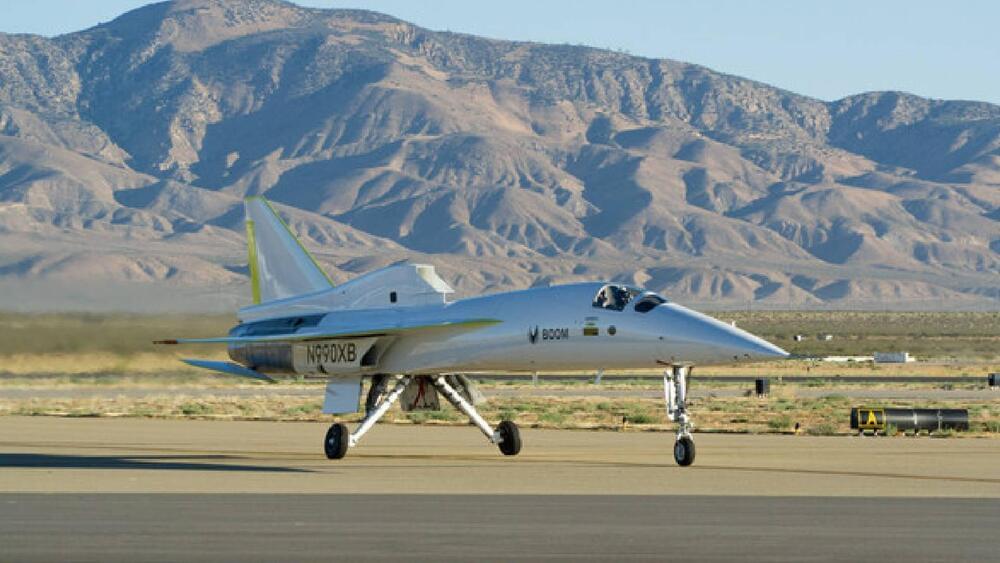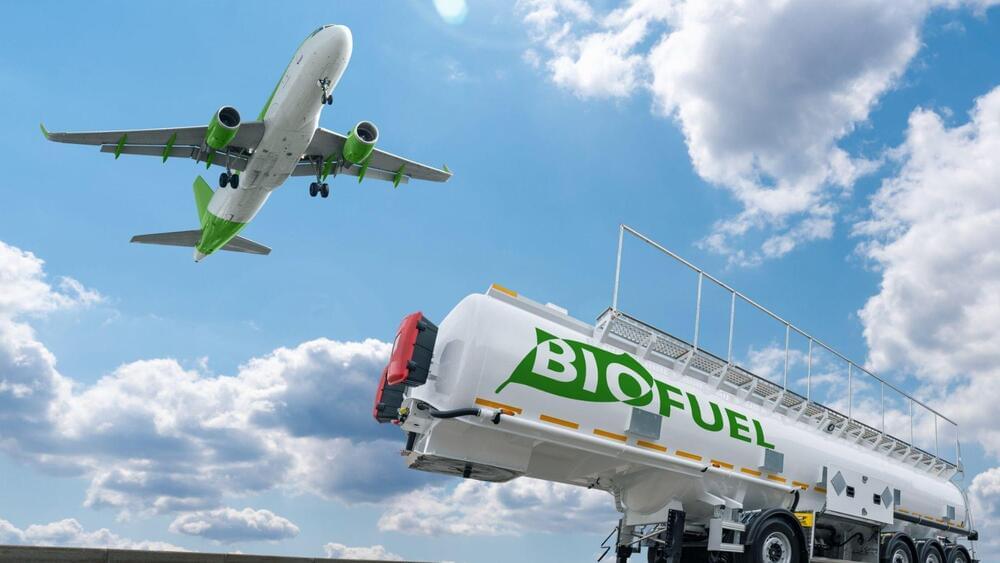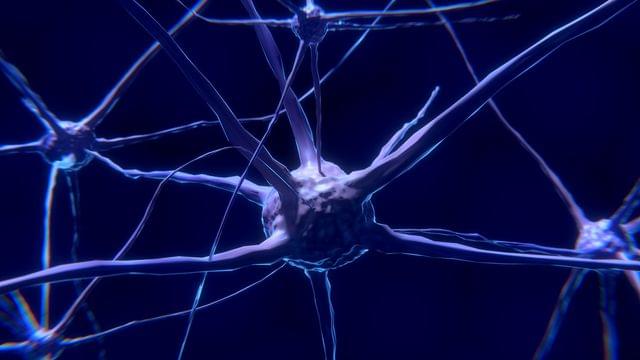The aurora borealis and moonglint shine bright in this astronaut photo of the Alaskan island chain.
An astronaut aboard the International Space Station.
The International Space Station (ISS) is a large spacecraft in orbit around the Earth that serves as a research laboratory and spaceport for international collaboration in space exploration. It was launched in 1998 and has been continuously occupied by rotating crews of astronauts and cosmonauts from around the world since 2000. The ISS is a joint project of five space agencies: NASA (USA), Roscosmos (Russia), JAXA (Japan), ESA (Europe), and CSA (Canada). It orbits the Earth at an altitude of approximately 400 kilometers (250 miles), and provides a unique platform for scientific research, technological development, and human space exploration.






